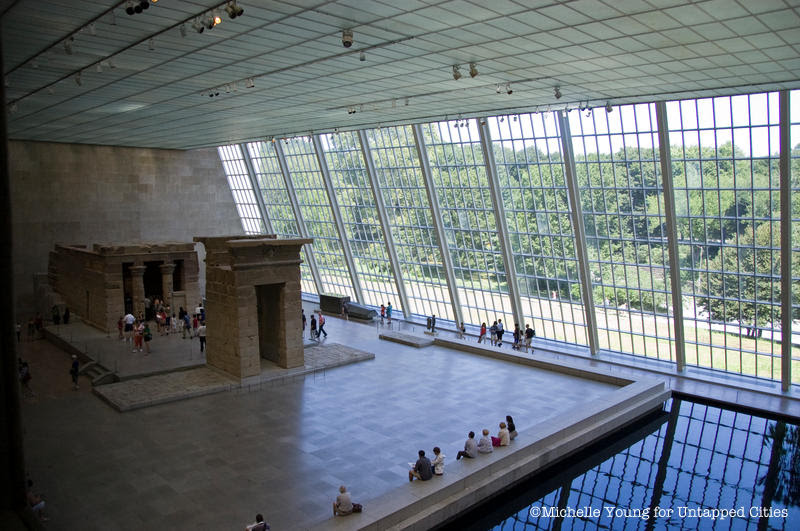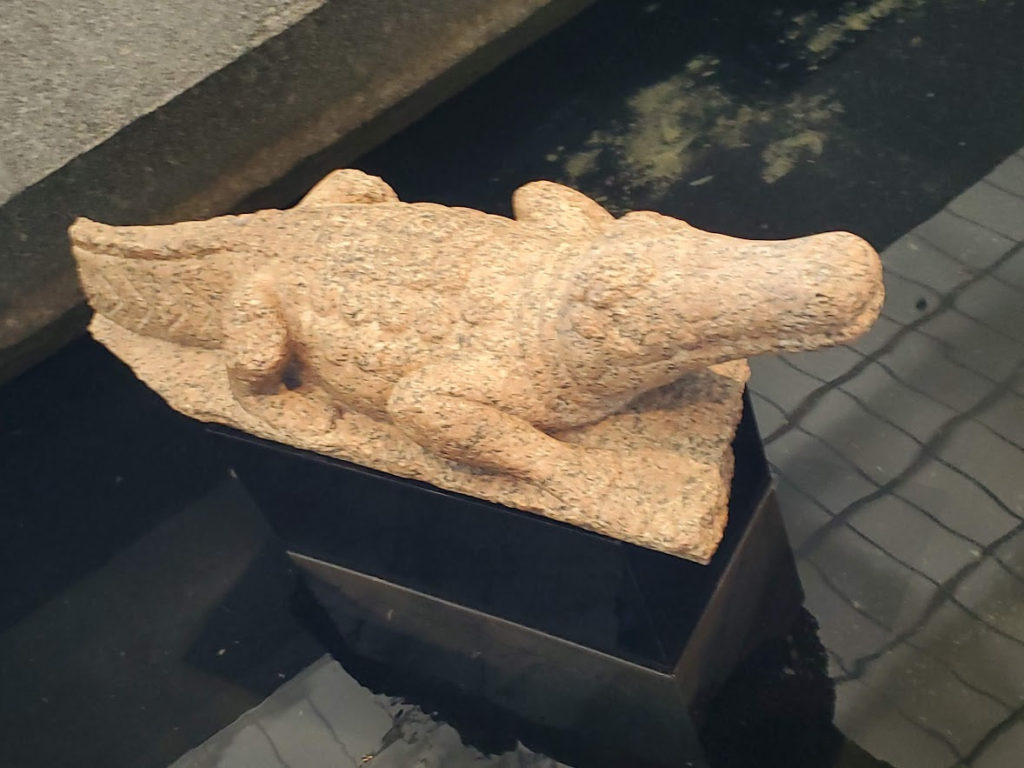Monday, August 29, 2022 – YOU NEVER KNOW WHO OPENS A RESTAURANT


FROM THE ARCHIVES
MONDAY, AUGUST 29, 2022
THE 766th EDITION
WHEN TENNIS WAS
ALL ELITE
AND
EXCLUSIVE IN
FOREST HILLS

WEST SIDE STADIUM (NOW FOREST HILLS STADIUM), CLUBHOUSE AND STADIUM
WEST SIDE STADIUM (NOW FOREST HILLS STADIUM), CLUBHOUSE AND STADIUM
Clubhouse- Grosvenor Atterbury and John Almay Tompkins, 1913
Stadium- 69th Avenue between Clyde Street and Dartmouth Street, Kenneth M. Murchison, 1921-23
This internationally renowned tennis stadium is most famous for hosting the United States National Championship tennis tournaments, which were combined in 1968 to become the U.S. Open, from 1915 until 1977, when the tournament moved to the Arthur Ashe stadium in Flushing Meadows-Corona Park. The West Side Tennis Club was established in 1892 and originally operated on Central Park West in Manhattan, giving the club its name. The clubhouse was designed in the neo-Tudor style, in keeping with Atterbury’s other work in Forest Hills. The 14,000-seat stadium was designed by Kenneth M. Murchison, a well-known architect of public institutional buildings, having also designed such distinguished structures as Penn Station in Baltimore and the Hoboken Terminal. The United States’ first concrete tennis stadium, its architectural features include blue and gold glazed terra-cotta shields bearing the WSTC logo and “1923″, archways, eagles, shields, flagpoles and cornices. In 1956, the stadium hosted a major turning point in American history, when Althea Gibson became the first African American woman to compete in a world tennis championship (she won the Grand Slam). The stadium also served as a performance venue from the 1950s to the 1990s (Frank Sinatra, The Beatles, The Rolling Stones, Barbra Streisand and Bob Dylan, to name a few). In 2013, after many years of neglect, the West Side Tennis Club began an overhaul of the structure to restore it for use as a music venue once more. Turn left onto Dartmouth Street to make your way back to Station Square, noting the lovely streetscapes along the way.


THE EXTERIOR OF THE STADIUM


FROM JAY JACOBSON:
Thanks for the story about B’nai Jeshrun. Growing up on the West Side of Manhattan in the 1940s, I remember it as one of a troika of synagogues where my friends would be Bar Mitzvahed. Rodeph Sholom, on 83rd street was most popular, as it’s Reform philosophy was appreciated by the families connected to it. I recall also dances, parties, and a gym as part of both B’nai Jeshrun and Rodeph Sholom.
My family paid no attention to religious philosophy. I was sent to the neighborhood schul. Until the day I was Bar Mitzvahed, neither of my parents had ever set foot in the very Orthodox West Side Institutional Synagogue.
And the day of that Bar Mitzvah was the last time I ever (except for my younger brother’s Bar Mitzvah) set foot in WSIS!
MONDAY PHOTO OF THE DAY
Send your response to:
rooseveltislandhistory@gmail.com

WEEKEND PHOTO
ED LITCHER GOT IT RIGHT:
Part of the NYC Metropolitan Museum of Art Egyptian collection.
Title: Crocodile statue
Period: Roman Period
Date: Late 1st century B.C. – early 1st century A.D.
Geography: From Egypt
Medium: Granite
Dimensions: L. 108 × W. 37.1 × H. 29 cm, 124.7 kg (42 1/2 × 14 5/8 × 11 7/16 in., 275 lb.)
Credit Line: Purchase, The Bernard and Audrey Aronson Charitable Trust Gift, in memory of her beloved husband, Bernard Aronson, 1992
Text by Judith Berdy
Thanks to Bobbie Slonevsky for her dedication to Blackwell’s Almanac and the RIHS
Thanks to Deborah Dorff for maintaining our website
Edited by Deborah Dorff
All image are copyrighted (c)
WIKIMEDIA COMMONS
WIKIMEDIA COMMONS
HISTORIC DISTRICTS COUNCIL
GRANTS
CITY COUNCIL REPRESENTATIVE JULE MENIN DISCRETIONARY FUNDING THRU DYCD


Copyright © 2022 Roosevelt Island Historical Society, All rights reserved.Our mailing address is:
rooseveltislandhistory@gmail.com



Leave a comment